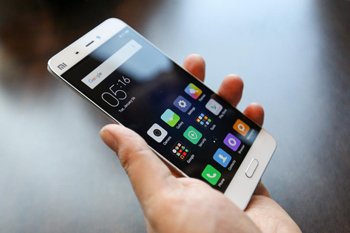New York, Mar 7: Fed up with the constant buzzing of your smartphone? Scientists have developed a new system that can tell if you are busy or unwilling to be interrupted by notifications on your device. The model built by researchers from the Rugters University in the US predicts the user's receptiveness to smartphone interruptions by incorporating personality traits.
 "Ideally, a smartphone notification management system should be like an excellent human secretary who knows when you want to be interrupted or left alone," said Janne Lindqvist, an assistant professor at Rugters University in the US. "We know that people struggle with time management all the time, so a smartphone, instead of being a nuisance, could actually help with things," he added.
"Ideally, a smartphone notification management system should be like an excellent human secretary who knows when you want to be interrupted or left alone," said Janne Lindqvist, an assistant professor at Rugters University in the US. "We know that people struggle with time management all the time, so a smartphone, instead of being a nuisance, could actually help with things," he added.
Currently, smartphone users can limit interruptions by turning off their ringers, but no system figures out when you want to receive notifications. "Preferably, your smartphone would recognise your patterns of use and behaviour and schedule notifications to minimise interruptions," said Lindqvist.
Researchers developed and evaluated a two-stage model to predict the degree to which people are interruptible by smartphones. The first stage was aimed at predicting whether a user is available at all or unavailable.
The second stage gauges whether people are not interruptible, highly not interruptible, highly interruptible, interruptible or neutral toward interruptions. About 5,000 smartphone records from 22 participants over four weeks were collected with which they were able to predict how busy people were. People can respond to different kinds of interruptions based on their level of busyness, researchers said.
Researchers studied the situations when participants' interruptibility varied. When participants were in a pleasant mood, they were likely to be more interruptible than if they were in an unpleasant mood, the study showed. The study also found that participants' willingness to be interrupted varied based on their location.
A few participants were highly interruptible at locations such as health care and medical facilities, possibly because they were waiting to see doctors. However, participants were reluctant to be interrupted when they were studying and, compared with other activities, were less interruptible when exercising, researchers said. "We know that people struggle with time management all the time, so a smartphone, instead of being a nuisance, could actually help with things," said Lindqvist.





Comments
Add new comment